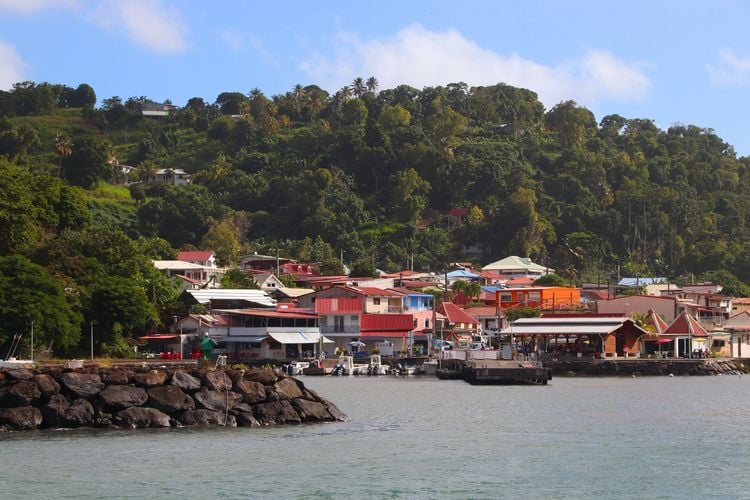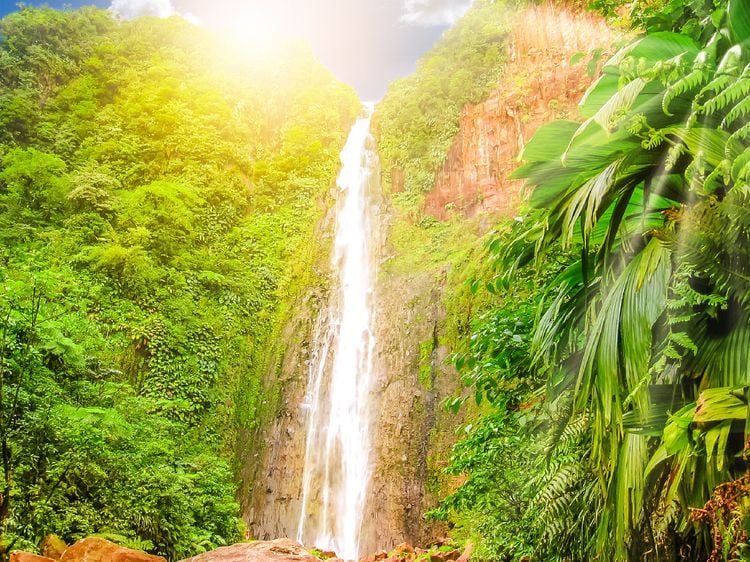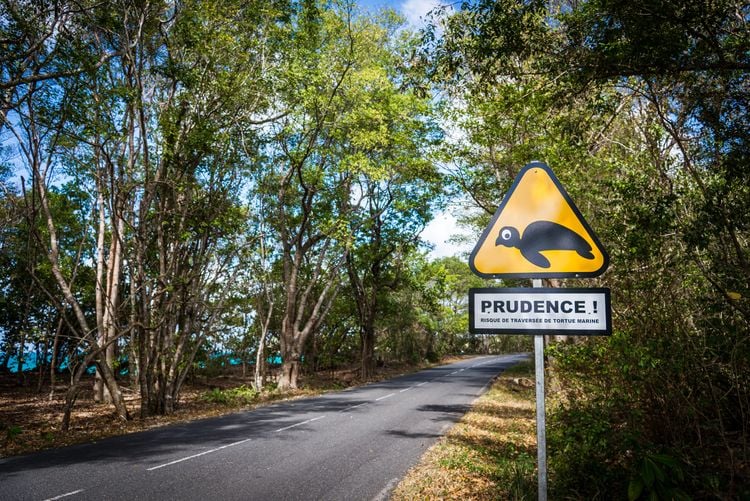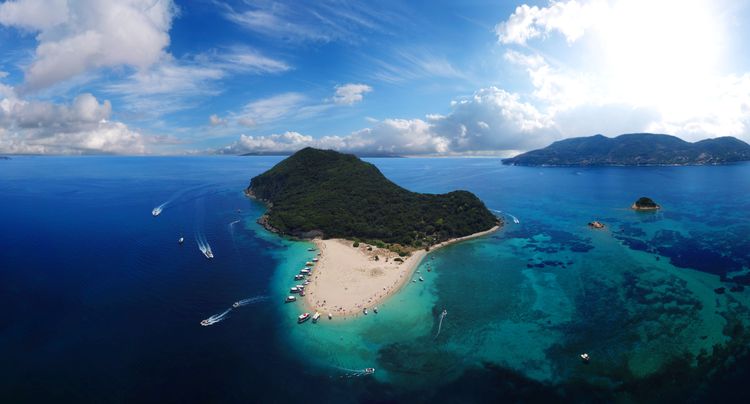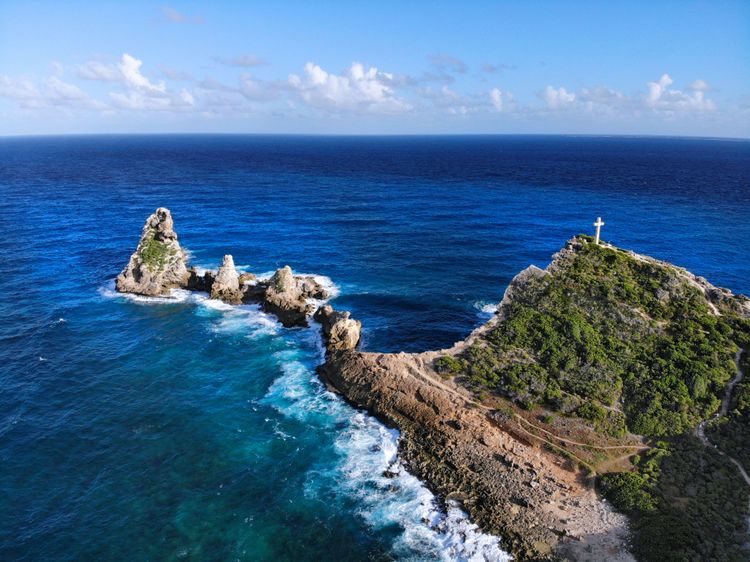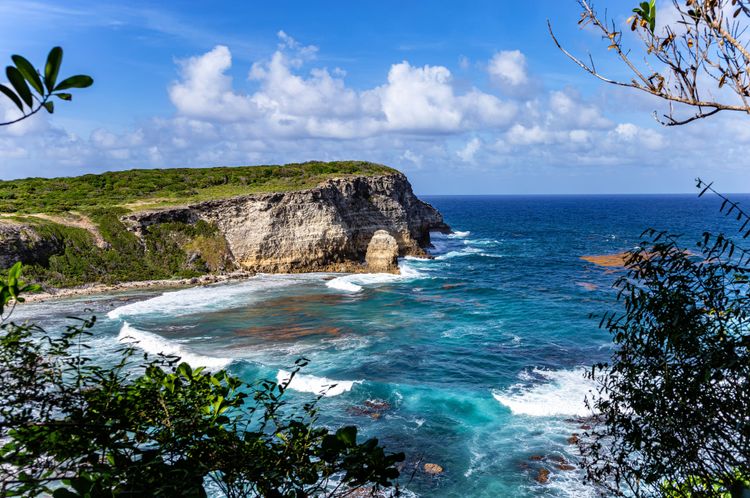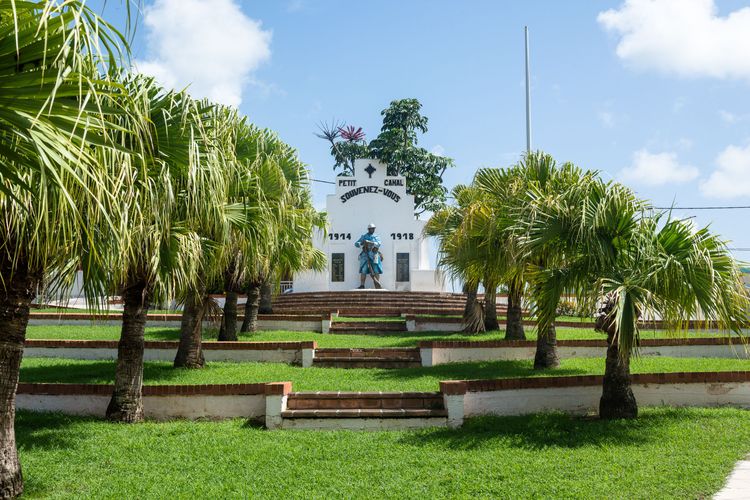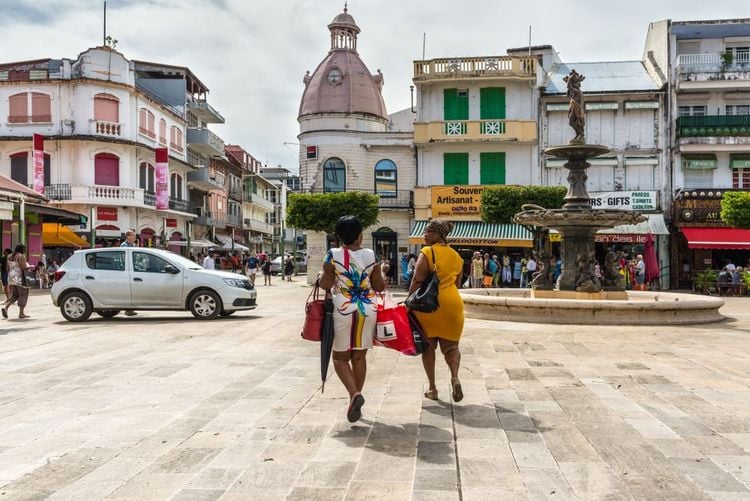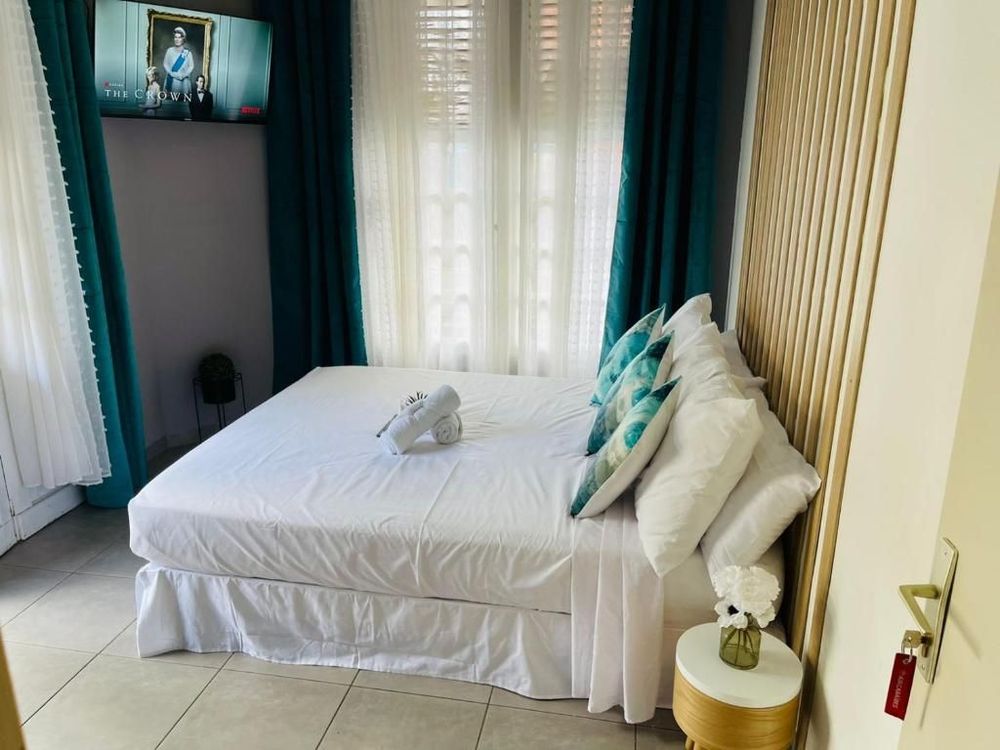Basse-Terre is an island that lives to the rhythm of its volcanoes and attracts many hikers. It is also much wilder than its neighbour Grande-Terre. As soon as you arrive in Guadeloupe, we advise you to head for this volcanic land, to the west of the butterfly island, to soak up all the power of the archipelago and appreciate its natural spaces - including the unmissable Guadeloupe National Park.
Trois-Rivières
At the southern tip of the island, Trois-Rivières is one of the main villages of Basse-Terre. Facing the Caribbean Sea and the Saintes archipelago, this is where we recommend you buy rum, spices and exotic flowers. Head for the Trois-Rivières market, one of the oldest on the island.

